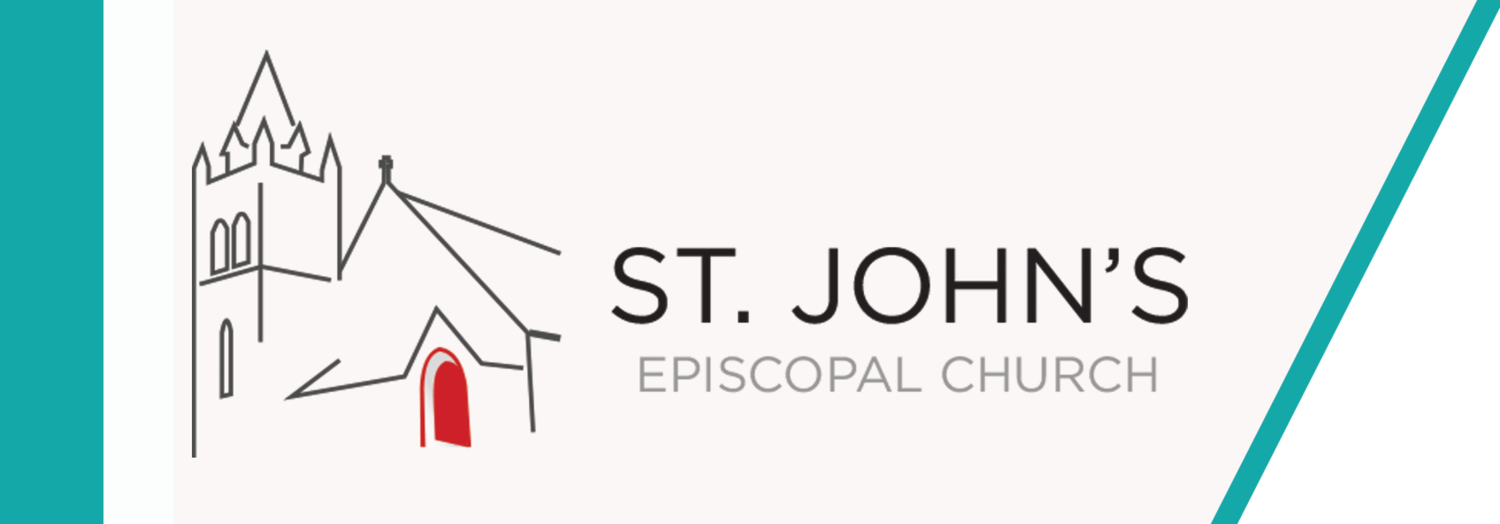As we mourn the death and celebrate the life of John Lewis, civil rights champion and “Conscience of the Congress,” we share his well-loved story, told with his characteristic wisdom and call to action.
***
On this particular afternoon—it was a Saturday, I’m almost certain--about fifteen of us children were outside my aunt Seneva’s house, playing in her dirt yard. The sky began clouding over, the wind started picking up, lightning flashed far off in the distance, and suddenly I wasn’t thinking about playing anymore; I was terrified…
Aunt Seneva was the only adult around, and as the sky blackened and the wind grew stronger, she herded us all inside.
Her house was not the biggest place around, and it seemed even smaller with so many children squeezed inside. Small and surprisingly quiet. All of the shouting and laughter that had been going on earlier, outside, had stopped. The wind was howling now, and the house was starting to shake. We were scared. Even Aunt Seneva was scared.
And then it got worse. Now the house was beginning to sway. The wood plank flooring beneath us began to bend. And then, a corner of the room started lifting up.
I couldn’t believe what I was seeing. None of us could. This storm was actually pulling the house toward the sky. With us inside it.
That was when Aunt Seneva told us to clasp hands. Line up and hold hands, she said, and we did as we were told. Then she had us walk as a group toward the corner of the room that was rising. From the kitchen to the front of the house we walked, the wind screaming outside, sheets of rain beating on the tin roof. Then we walked back in the other direction, as another end of the house began to lift.
And so it went, back and forth, fifteen children walking with the wind, holding that trembling house down with the weight of our small bodies.
More than half a century has passed since that day, and it has struck me more than once over those many years that our society is not unlike the children in that house, rocked again and again by the winds of one storm or another, the walls around us seeming at times as if they might fly apart.
It seemed that way in the 1960s, at the height of the civil rights movement, when America itself felt as if it might burst at the seams—so much tension, so many storms. But the people of conscience never left the house. They never ran away. They stayed, they came together and they did the best they could, clasping hands and moving toward the corner of the house that was the weakest.
And then another corner would lift, and we would go there.
And eventually, inevitably, the storm would settle, and the house would still stand.
But we knew another storm would come, and we would have to do it all over again.
And we did.
And we still do, all of us. You and I.
Children holding hands, walking with the wind. That is America to me—not just the movement for civil rights but the endless struggle to respond with decency, dignity, and a sense of brotherhood to all the challenges that face us as a nation, as a whole.
That is the story, in essence, of my life, of the path to which I’ve been committed since I turned from a boy to a man, and to which I remain committed today. It is a path that extends beyond the issue of race alone, and beyond class as well. And gender. And age. And every other distinction that tends to separate us as human beings rather than bring us together.
That path involves nothing less than the pursuit of the most precious and pure concept I have that has guided me like a beacon ever since, a concept called the Beloved Community. That concept ushered me into the heart of the most meaningful and monumental movement of this past American century. We need this concept to steer us all where we deserve to go in the next.
—John Lewis, Walking with the Wind: A Memoir of the Movement
(New York: Simon & Schuster, 1998), xvi–xvii

